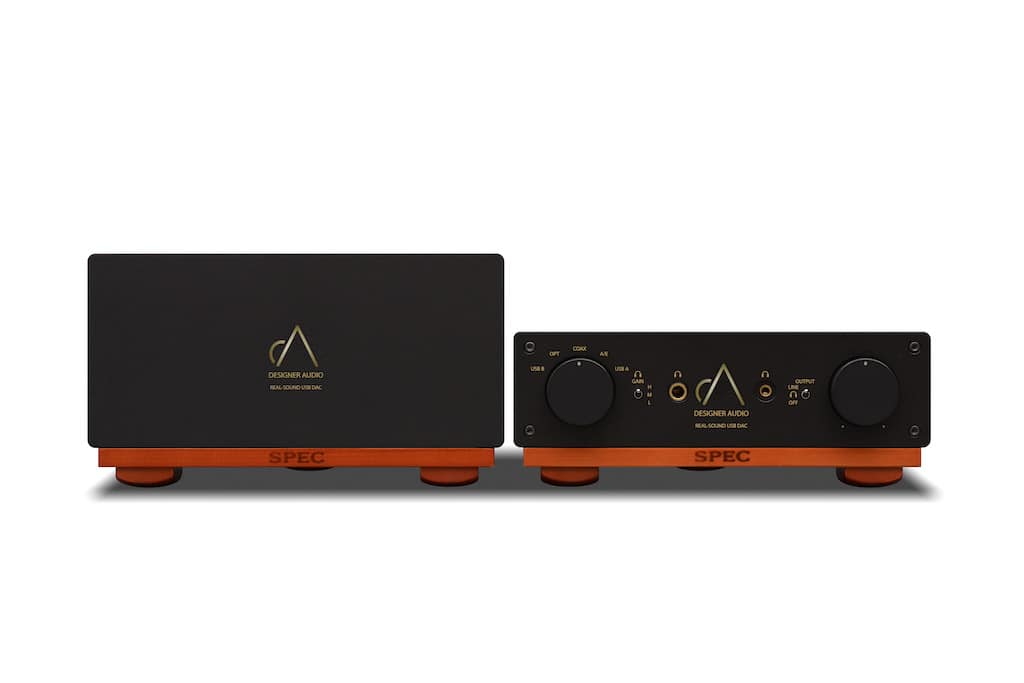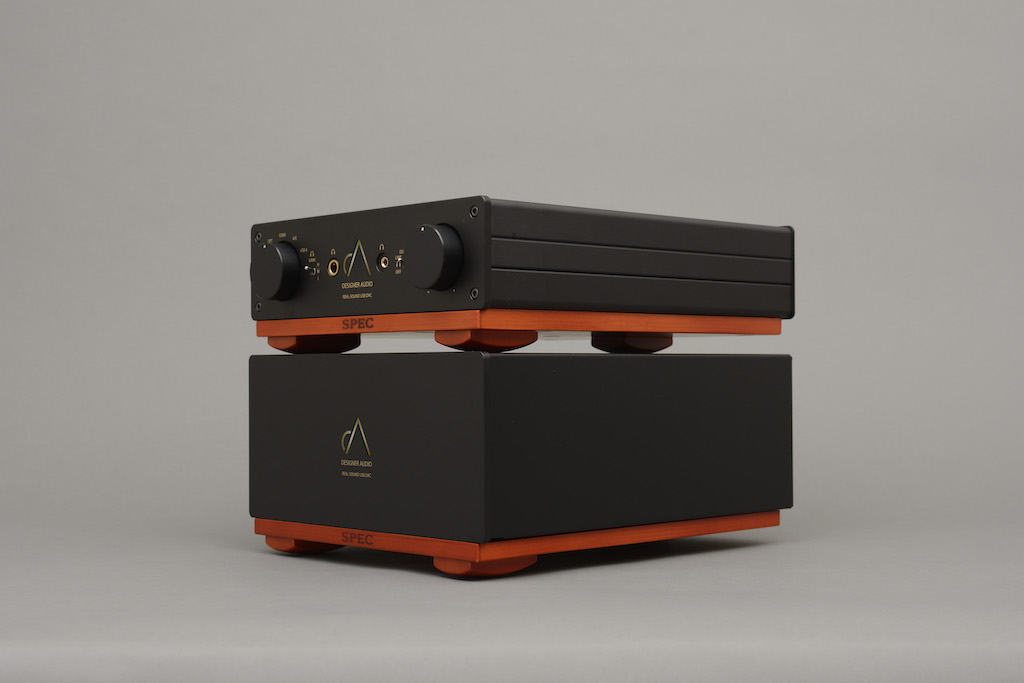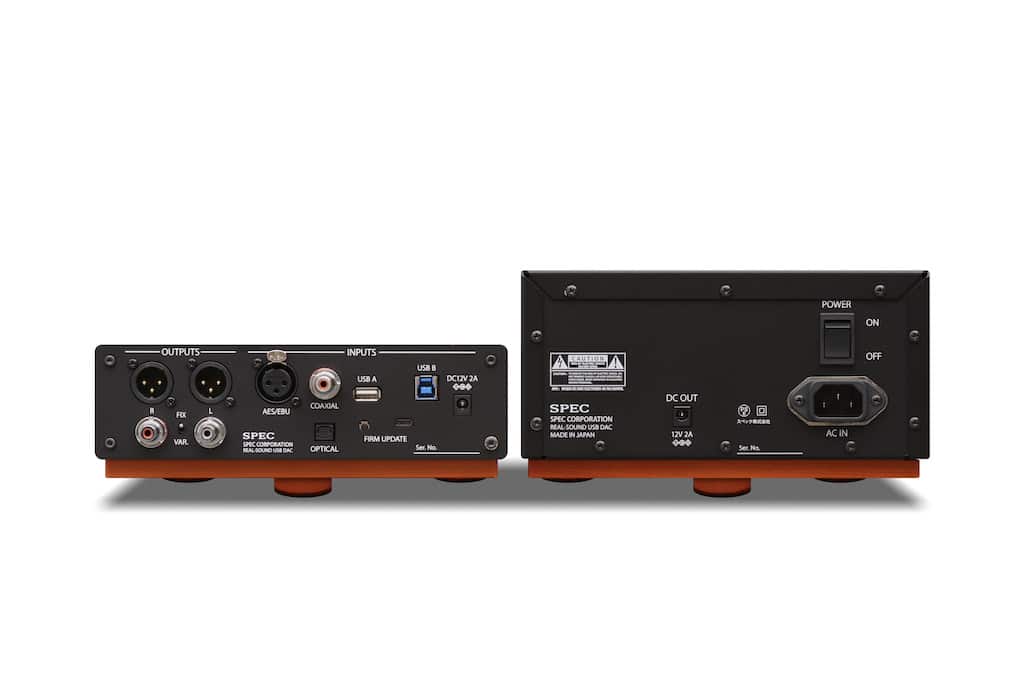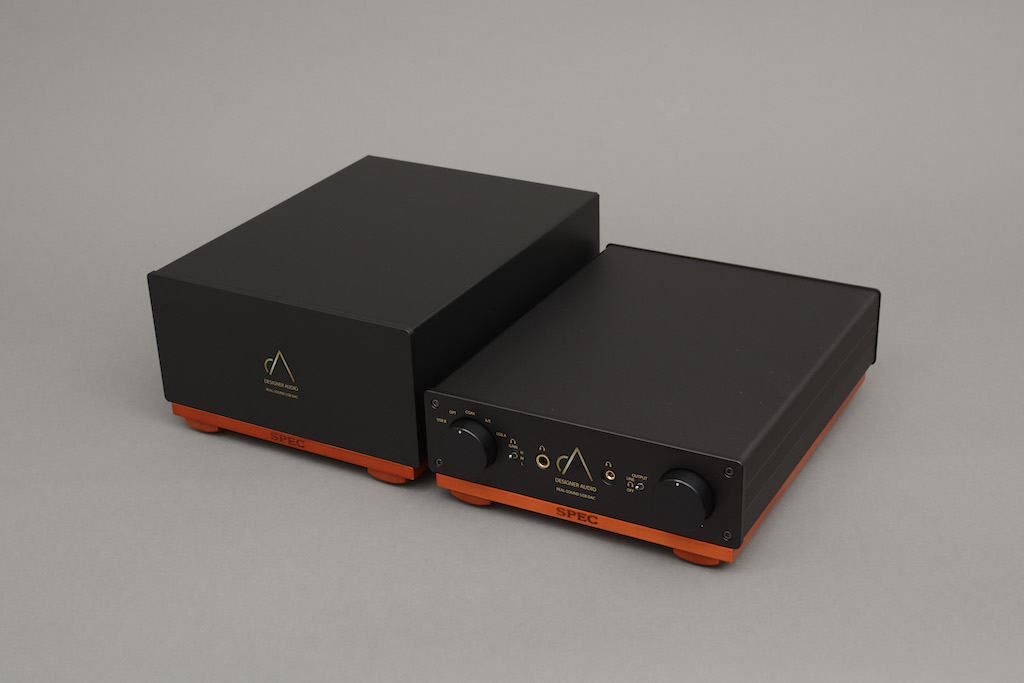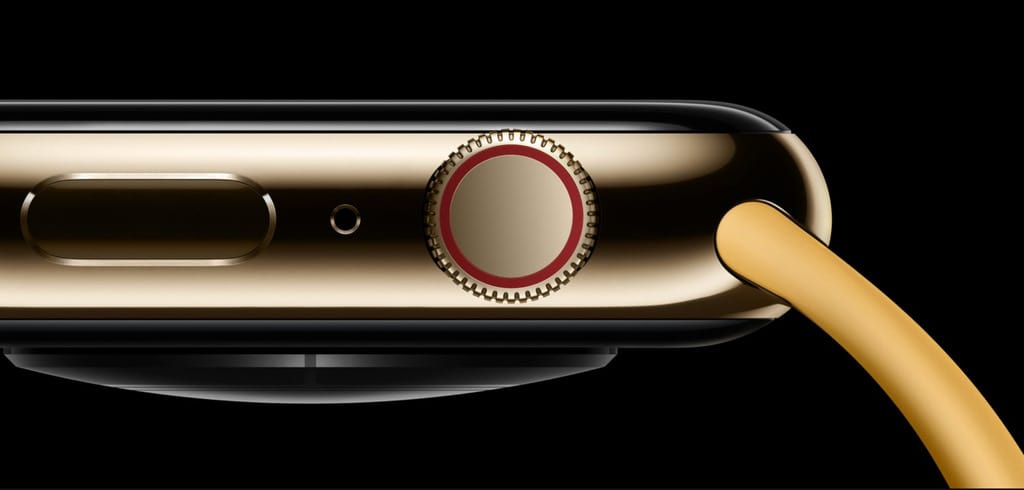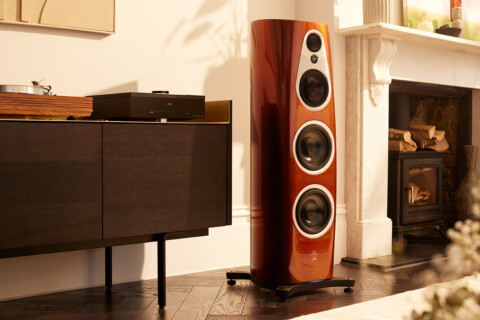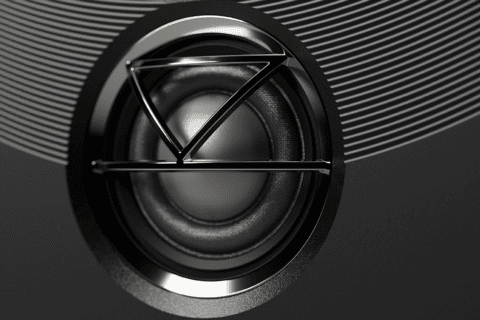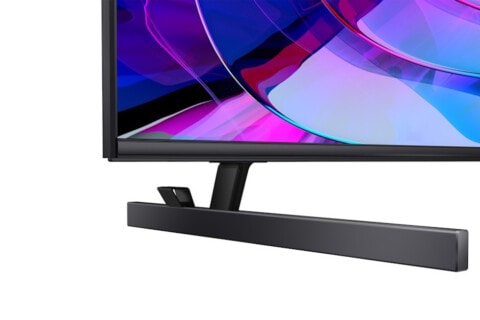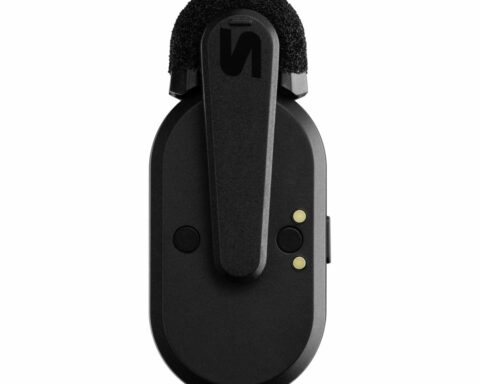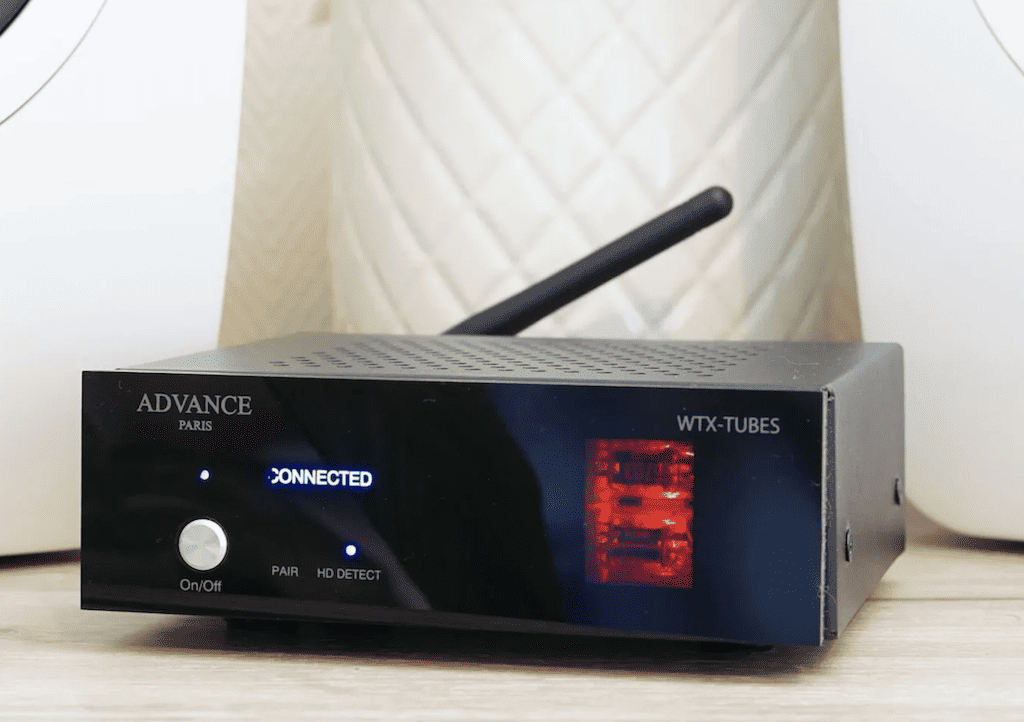Summary
Spec Audio RMP-DAC3EX DAC REVIEW
All digital to analogue converters sound the same, right? ANDREW BAKER finds that this Japanese beaut proves otherwise.
$10,950
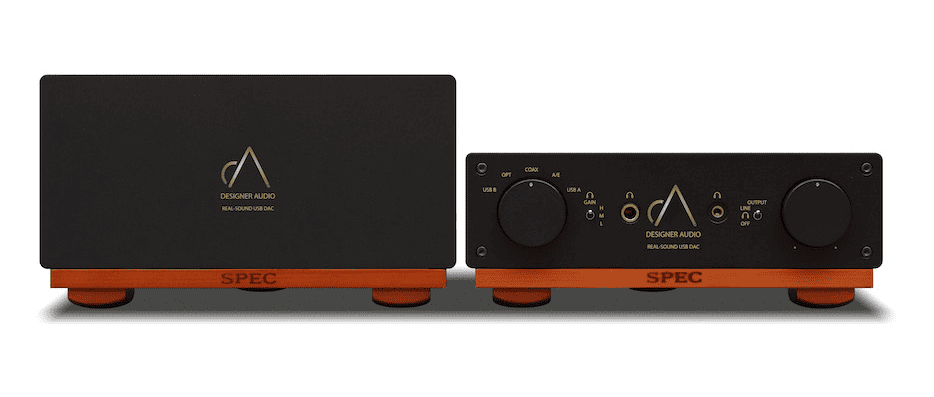 Spec Corporation is an artisanal Japanese hi-fi manufacturer based in Tokyo, co-founded by lifelong audio enthusiast Mr Shirokazu Yazaki following his several decades spent with Teac and Pioneer. Spec products are easily identified by the characteristic integration of wood into their Designer Audio products, and are notable for their Class D amplifiers. SPEC Corp’s slogan is Real-Sound, meaning they aim to provide the ability to reproduce music as faithfully and as close to ‘live’ as possible. The use of wood bases and feet is reflected in this philosophy.
Spec Corporation is an artisanal Japanese hi-fi manufacturer based in Tokyo, co-founded by lifelong audio enthusiast Mr Shirokazu Yazaki following his several decades spent with Teac and Pioneer. Spec products are easily identified by the characteristic integration of wood into their Designer Audio products, and are notable for their Class D amplifiers. SPEC Corp’s slogan is Real-Sound, meaning they aim to provide the ability to reproduce music as faithfully and as close to ‘live’ as possible. The use of wood bases and feet is reflected in this philosophy.
Spruce (in the base) and maple and hickory (both used in the footers) are claimed by the company to vibrate with music signals – in a manner similar to that of musical instruments, violin, et cetera – to reproduce “rich tone and energy”. I would hate to see Reddit discussions on this topic but I prefer to keep an open mind. Besides the wood, they use a carefully selected and blended range of internal components, including their HIBIKIICHI capacitors, developed with fellow Japanese company Nichicon to be as natural sounding as possible.
Sole New Zealand importer of Spec products, Neil Young from Auckland’s Turned On Audio, kindly lent me his personal DAC3EX for review.
The RMP-DAC3EX is a two-box affair, with the analogue power supply – which uses the HIBIKIICHI capacitors – housed in the larger case and connected via an umbilical cable to the smaller DAC unit. The DAC section – which converts a digital signal consisting of 1s and 0s into an analogue signal for sending to an amplifier or powered speakers – uses an AK4497EQ chip, is DSD compatible and has a maximum sample rate of 32-bit/384kHz. Along with the HIBIKIICHI cap, the DAC3 utilises an additional, smaller version – the MR56 – which was designed specifically for it.
Located on the rear are one of each coaxial, optical, USB A and AES/EBU inputs as well as balanced and single-ended outputs. There is also a USB B input which uses a ground-isolating circuit and ultra-low noise constant voltage IC to eliminate any incoming noise when using a computer as a source. Finally, there is a handy switch for changing the RCA output between fixed and variable.
The dimensions of the two units are 215mm x 80mm x 299mm (w, h, d) for the DAC and 215mm x 120mm x 273mm for the power supply. They look very attractive and assumed a rather unique focal point sitting in my hi-fi rack. The power supply has the on/off switch on the back and just the Spec emblem on the front which lights up an attractive yellow/amber when in use. The DAC features the same emblem, similarly located in the centre of the front panel, which lights up according to the input sample rate – red, green, blue, purple and white. Also located on the front panel are an input selector knob and a volume adjustment knob.
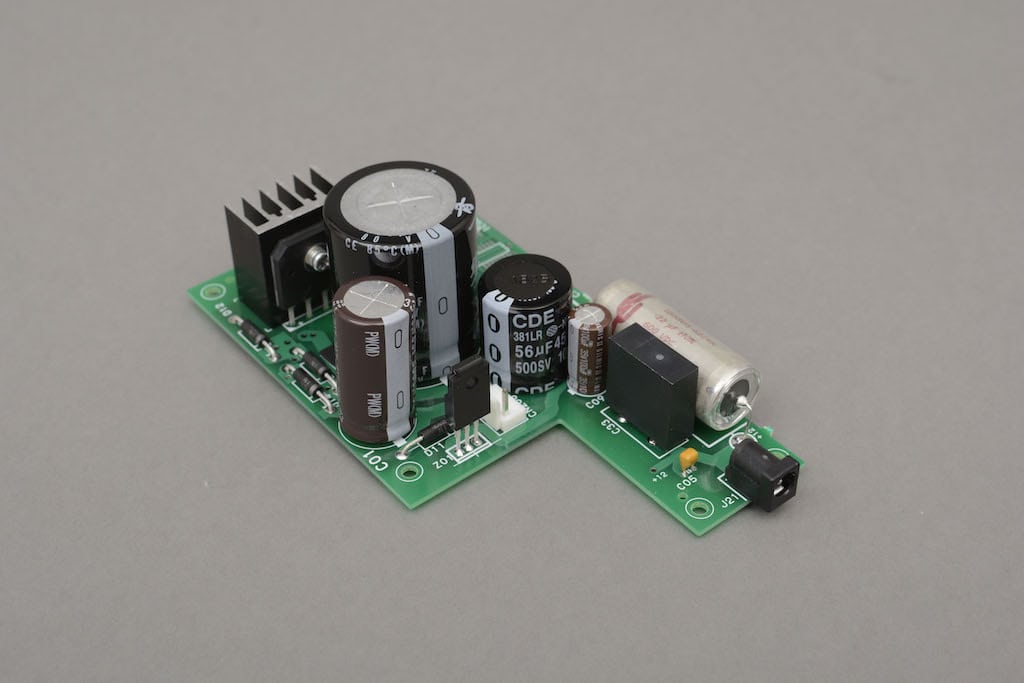 A lovely bonus is the addition of a headphone stage and both 6.35mm and 3.5mm inputs are provided, along with a high/medium/low headphone impedance toggle switch and a second toggle for switching the headphone output on or off. I must confess anything with a toggle switch gets me excited.
A lovely bonus is the addition of a headphone stage and both 6.35mm and 3.5mm inputs are provided, along with a high/medium/low headphone impedance toggle switch and a second toggle for switching the headphone output on or off. I must confess anything with a toggle switch gets me excited.
The main housing is made from metal and comes in black or silver and both the power supply and DAC feature a real wood base structure. One minor issue I came upon is that the DAC is fairly light and perhaps due to having the polished wooden feet, it easily moved on my rack when selecting a source or plugging in headphones. If this bothers you, I’d recommend perhaps using Blu-tac under the feet (though for the pedantic audiophile, this could potentially render any effects of the wood inconsequential), or maybe a weight on top – a John Darko Doorstop, for example. Apart from that, this is a beautifully finished, eye-catching product.
I fed the DAC3 music via Roon and Tidal, using my Raspberry Pi/RopieeeXL setup, along with the Technics SL-G700M2 until I had to give it back, as sources. Amplification came from my Unison Research integrated and speakers were my Reference 3As as well as PSB Passif 50s (see review) and Tex Tone Classic Minis (review coming soon). For the headphone section, I used HIFiMan Edition XV2 and Audeze LCDX 2021 (both planar magnetic), Sennheiser HD660S (dynamic driver) headphones and Moondrop KATO in-ear monitors. For DAC comparisons I used my Electrocompaniet ECD2 and the above-mentioned Technics SL-G700M2.
Anyone who has spent any time visiting online hi-fi forums is bound to have come across a bunch of grown-ups arguing profusely about, well anything really. One “discussion” that rears its ugly head all too often is around the subject of whether different DACs sound the same or not. A common assertion is, “All DACs sound the same – I have never heard any difference between any DAC.” This naturally leads one to the assumption that the humble poster has heard every DAC ever made at any price. These good folk seem to have taken it upon themselves to “save” their fellow audiophiles from wasting money (this can extend to all aspects of the hobby, not just DACs), thus presumably earning themselves some kind of Saint-like status. I call them ‘Snake Oil Justice Warriors’.
Admittedly, in my experience (and you may have gathered this from my recent review of the Technics SL-G700M2) it can be difficult to tell differences between DACs within their specific price brackets – and sometimes even from one price range to another – but this is categorically not always the case. I say keep an open mind and remember, not everyone listens or hears the same way. And we don’t all have the same setup. Live and let listen!
After many hours going back and forth between the Technics and Electrocompaniet DACs, my first listen to the Spec DAC3 immediately revealed some interesting differences. Some of these were fairly prominent, some less so. I’m a believer in incremental benefits to a system where every little difference or upgrade, no matter how minute, contributes to an overall benefit. When writing about DACs, I have to get the big lens out, so to speak. Zoom right in. Unlike speakers, amplifiers or even phono cartridges where differences tend to be fairly obvious and reporting thusly is usually easier.
My first observation was that the RMP-DAC3 needed an extra turn of the volume knob to get similar sound levels as the Electrocompaniet and Technics DACs. No major. Next was the heightened clarity, or sharper focus, of the edges of individual notes and the outlines of instruments which gave a lovely lift to the sound. This almost made the other two DACs sound a little murky or, indeed, unfocused in comparison. Likewise, the layers of sound within the soundstage, from top to bottom and front to back, and the interactions, colours and textures of different sounds within those layers seemed more defined with the DAC3. Yet it didn’t really go overboard in terms of being analytical or starkly detailed, rather keeping calm, composed and natural. In some ways, I was reminded of a well-implemented Burr-Brown DAC – smooth, natural and unfussy, yet with a well-constructed and highly engaging field of sound. In this way, I found it was also very forgiving of average recordings.
I enjoyed the DAC3s elegant presentation – crisp and clear with a sense of ease and refinement. It portrays instrument timbres convincingly and while I wouldn’t necessarily say it is more detailed than the other DACs, subtle effects and sounds do tend to have that extra bit of clarity, making them more noticeable. The bottom end is punchy but it just has an extra degree of tonal colouring and richness that the other DACs don’t quite have.
‘Calea Mea’ (Mike D Remix) from EDM artist Stoilku’s Sinewaves Are From God EP (2020, Salomon Records) had an increased sense of three-dimensional space within the recording/soundstage. It was hard to pinpoint exactly why or how but when AB-ing between DACs it was something I couldn’t help but notice. I liked how minute sound effects seemed more present. Not necessarily “more noticeable” as much as gently coaxed out a little further. As someone who dabbles in recording electronic music using modular synths, I know what it’s like to add a very subtle effect somewhere in the mix, while still wanting listeners to notice it and appreciate said subtleness. There’s a loop of a recorded conversation taken from a café or bar in this track and the DAC3 tastefully and ever so slightly brought it further out of the mix, making the voices clearer yet maintaining a necessary degree of mystery, or voyeurism (not in a seedy way).
On Yosi Horikawa’s ‘Letter’ from the album Vapor (2013, First World Records) the DAC3 showed off extra definition to note edges, causing everything to pop out that little bit more – the sample of pencil writing on paper which forms the basis of the track had a more ethereal and uncannily lifelike quality, despite being larger than life. There was good textural definition on display and somehow an extra sense of ‘shading’ to sounds and effects, yet the DAC3 maintained a rich and natural sound without becoming clinical or overly analytical. Stereo imaging was on par with the other DACs in terms of image separation and in-room projection, yet the Spec had just enough more image clarity to enhance the holographic experience and to further define each element of the musical performance or ‘sonic picture’.
Listening to the Grateful Dead’s ‘Uncle John’s Band’ and ‘Cumberland Blues’ from Working Man’s Dead (1970, Warner Music) with my Electrocompaniet DAC, I find Phil Lesh’s basslines rumble rather satisfyingly from out of the speakers and across the room. The DAC3 didn’t quite have that same rumble; rather, the bass was more refined, tuneful and with a better emphasis of tone and structure. The sound overall had a rich, liquid quality and excellent tonal balance with convincing instrument timbres. I noted that I could more easily distinguish between each guitar; they appeared more separate and spread out, as did the individual vocalists, pointing to the DAC3s excellent ability to define images. Not only that, the strings, notes, instrument tones and the actual playing seemed more apparent. The leading edges of notes – where notes start and stop – were easily distinguished and they displayed a lovely delicacy that allowed for increased appreciation of the musicians’ playing. Even during busy pieces of music, it was easy to perceive even the slightest pluck of a string or the gentlest tap of a cymbal.
From my time with the DAC3 I realised it transports you right into a recording, making you appreciate the playing, and the individual tones and textures of an instrument or vocal, without distraction from the enjoyment of the performance as a whole.
The headphone stage built into the DAC3 is easily as good as any of the headphone amps I have dotted around my house. The headphone inputs in some DACs or CD players can be nice but nothing particularly special. The DAC3 gave a well-balanced and immersive output to my HiFiMan Edition XV2s, Audeze’s and Sennheiser HD660Ss (the headphone that headphone enthusiasts love to hate; I freakin’ love them). The gain settings were great, each providing plenty of power to the respective headphones.
Plugging my Moondrop KATO IEMs into the 3.5mm output was equally rewarding. There was no trace of background hiss on any gain setting (with no music playing) and this was possibly the best I’ve heard the KATOs sound so far. Listening through Cate Le Bon’s extraordinary catalogue, her voice was clear and centred, alive within my head. In addition, there was excellent instrument separation and headspace and good punchy bass and drums. The DAC3s head-amp stage didn’t seem to colour the sound too much, allowing IEMs and headphones to do their thing naturally, while also reiterating my earlier findings regarding leading edges of notes, textures and tonal colour.
My current reference for headphone listening is an Audio-gd DAC/amp, which I also pre-out into a Woo Audio tube headphone amp when required. The Audio-gd is not as expensive as the DAC3 and although very capable, compared to the Spec, it had a slight edginess accompanied by a bit of a darkish hue to my music, whereas the DAC3 sounded lit-up and fresh.
One thing of note is that the review unit’s 6.5mm headphone jack didn’t give a tight fit, meaning the plug just sits in there and easily comes out at the slightest movement. I guess a positive of this is that if some bumbaclaat was to trip on the headphone cable, it wouldn’t bring the whole damn unit tumbling to the floor and the headphones would stay on your head.
Conclusion
Spec’s DAC3EX is a wonderfully designed and constructed piece of audio equipment. The lovely boutique appearance compliments an elegantly natural and timbrally inviting listening experience. It has plenty of inputs and features a top-class headphone amplifier as a most welcome bonus. The price may be off-putting to some, but as with any of life’s pursuits, one must pay for luxury.
I am yet to hear one of their Class D speaker amplifiers but I strongly suspect that I am in for a treat when the occasion finally arises. Real-Sound indeed.
Would you like to support our mission to bring intelligence, insight and great writing to entertainment journalism? Help to pay for the coffee that keeps our brains working and fingers typing just for you. Witchdoctor, entertainment for grownups. Riveting writing on music, tech, hi-fi, music, film, TV and other cool stuff. Your one-off (or monthly) $5 or $10 donation will support Witchdoctor.co.nz. and help us keep producing quality content. It’s really easy to donate, just click the ‘Become a supporter’ button below.

